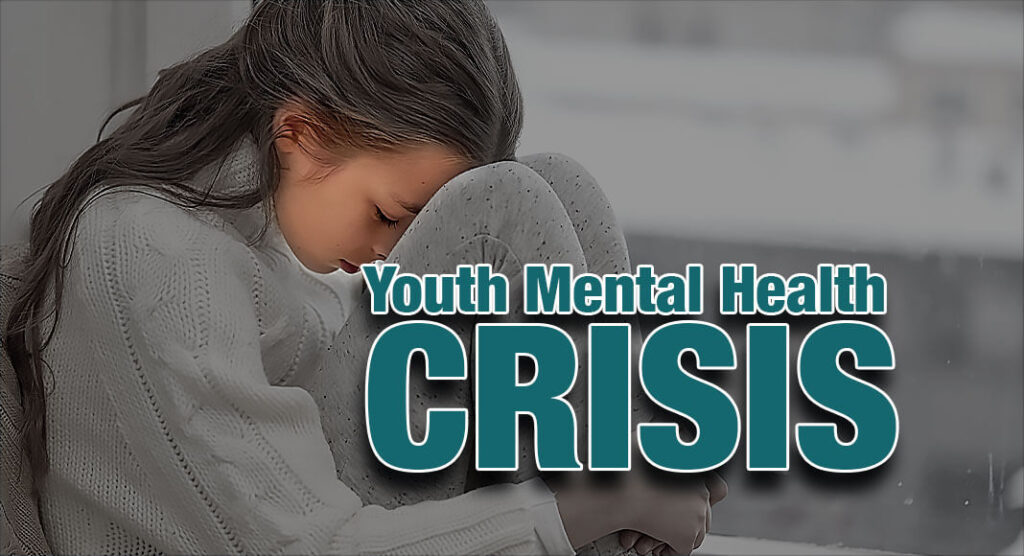
Mega Doctor News
The Youth Risk Behavior Survey Data Summary & Trends Report: 2011-2021, released February 2023, shows that all youth are struggling with threats to their health and well-being. Many of these trends have worsened over the last decade.
This report shows particularly stark increases in mental health challenges, experiences of violence, and suicidal thoughts and behaviors—especially among girls and youth who identify as lesbian, gay, bisexual, questioning, or another non-heterosexual identity (LGBQ+).
Girls are experiencing record high levels of violence, poor mental health, and suicide risk.
- Almost 3 in 5 experienced persistent feelings of sadness or hopelessness in the past year.
- More than 1 in 4 seriously considered attempting suicide.
- Two in 10 experienced sexual violence in the past year, and more than 1 in 10 had ever been forced to have sex.
LGBQ+ students continue to face violence and mental health challenges.
- More than half experienced poor mental health during the past month.
- Nearly one quarter attempted suicide in the past year.
- LGBQ+ students were twice as likely as heterosexual students to report being bullied at school.
Concerning disparities among students across racial and ethnic groups persist despite improvements in some areas.
- American Indian or Alaska Native students were more likely than students from nearly all other racial and ethnic groups to have ever been forced to have sex.
- Hispanic and Multiracial students were more likely than students from other racial and ethnic groups to report persistent depressive symptoms.
- Reported suicide attempts were higher among Black students than students from many other racial or ethnic groups.
Schools are on the Frontline of the Crisis
More than 95% of U.S. youth spend much of their daily lives in school. Schools are a place for the skill-building and support students need to prevent and reduce the negative impact of violence and other trauma and improve mental health.
For example, schools can:
- Foster students’ sense of school connectedness by ensuring they know there are safe and trusted adults around them—like mentors, trained teachers, and staff—who care about them, their well-being, and their success. Feeling connected promotes adolescent well-being.
- Equip students with essential skills like understanding what is meant by true consent, managing emotions, and asking for what they need.
- Connect students to their classmates and communities through school-based clubs and community outreach.
To Support Our Students, We Must Support Our Schools
CDC’s evidence-based What Works In Schools program has demonstrated impact on health behaviors and experiences that can help schools reverse the negative trends affecting youth.
The program supports school districts across the country to:
Make school environments safer and more supportive, with a strong focus on improving school connectedness—a sense among all students that they are cared for, supported, and belong at school.
Connect youth and their families to needed services at school or in the community—including mental health and substance abuse prevention services.
Implement quality health education that is medically accurate, developmentally appropriate, culturally and LGBTQ+ inclusive, and grounded in science.
With a relatively small investment, CDC’s program can make a profound difference in the lives of youth.
Schools that participate in the What Works In Schools program have seen improvements in a wide range of health behaviors, including sexual behaviors, substance use, and sexual violence.
However, the program currently reaches only about 8% of the 26 million middle and high school students nationwide.
Although scaling up the program will take time and will not alleviate all difficulties young people face, every student deserves to attend a school that makes them feel safe and connected.
This has lifelong benefits for their health and well-being. The level of distress youth are collectively experiencing calls for action.









